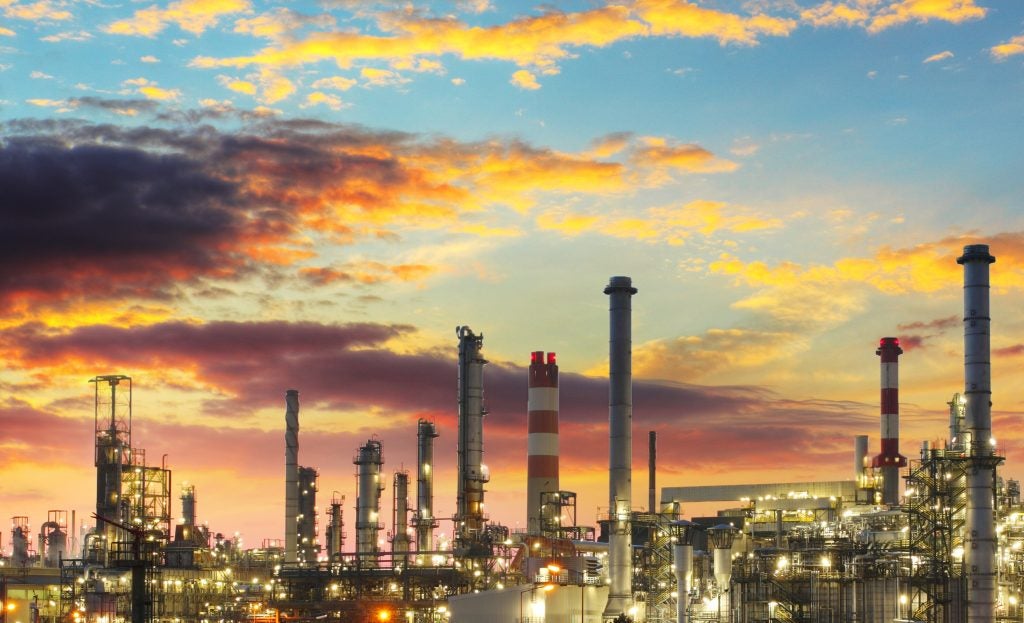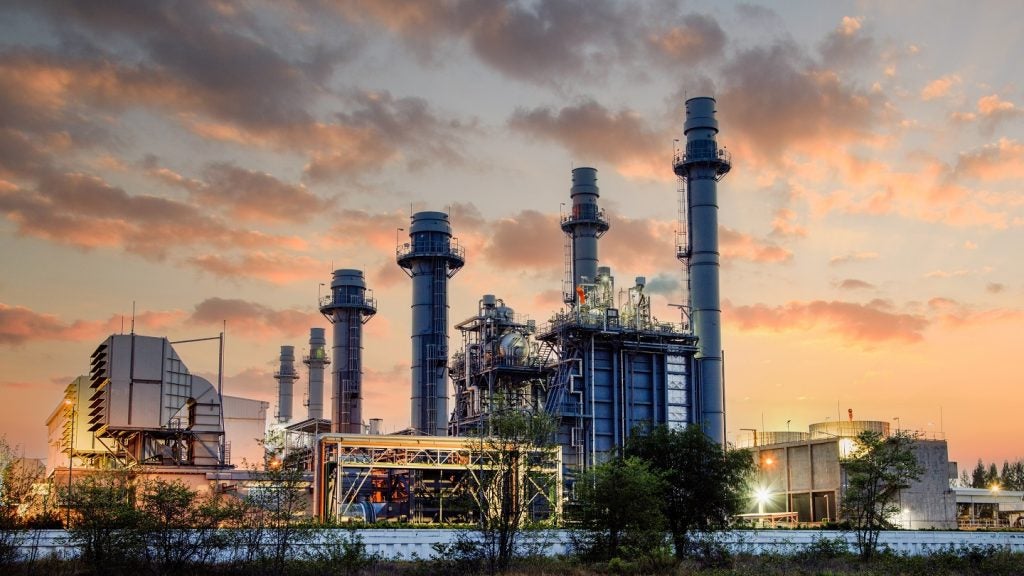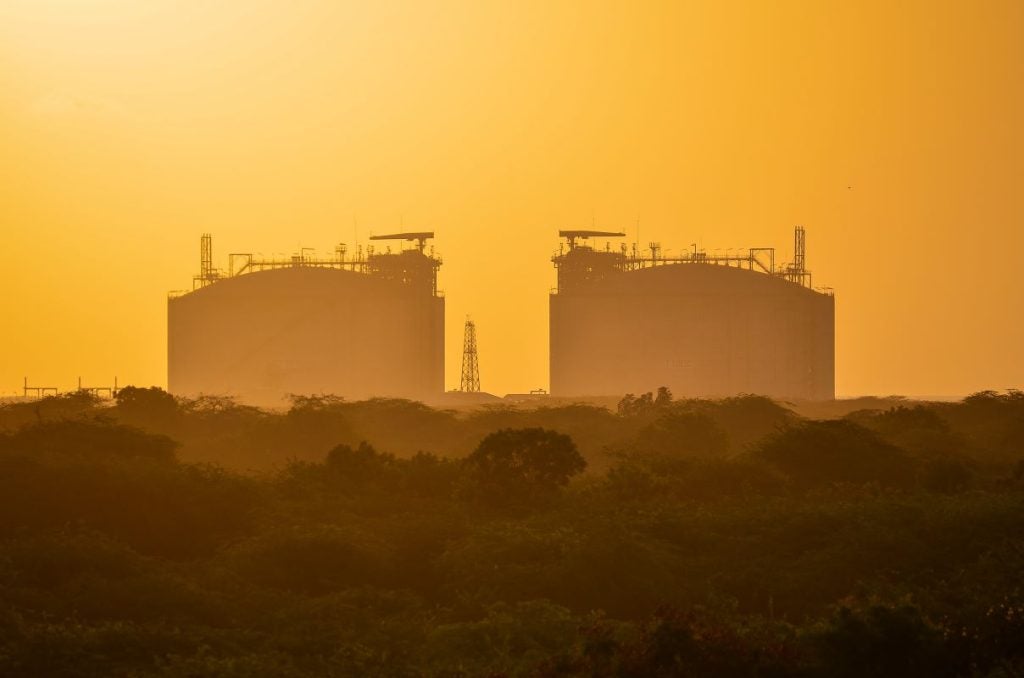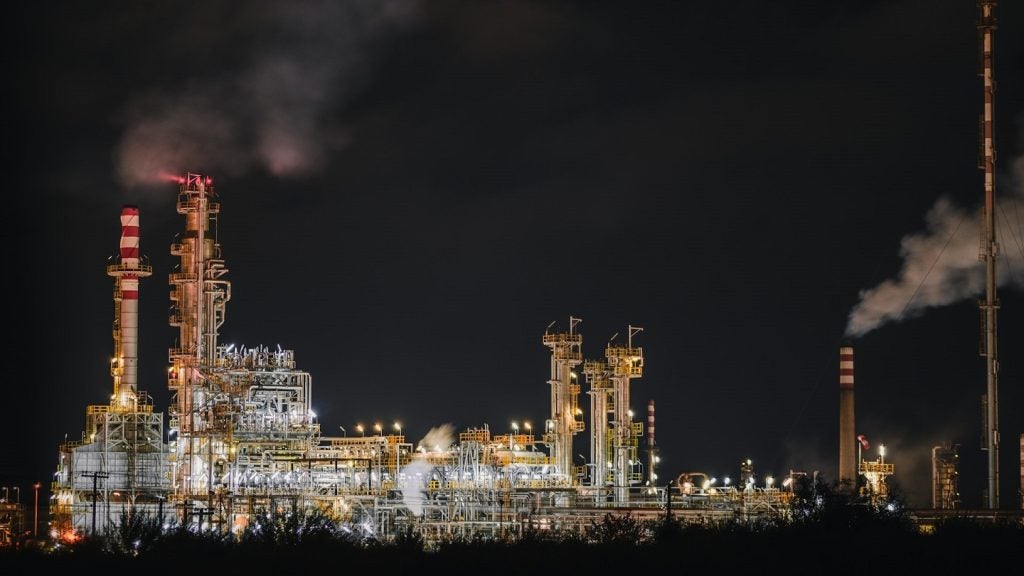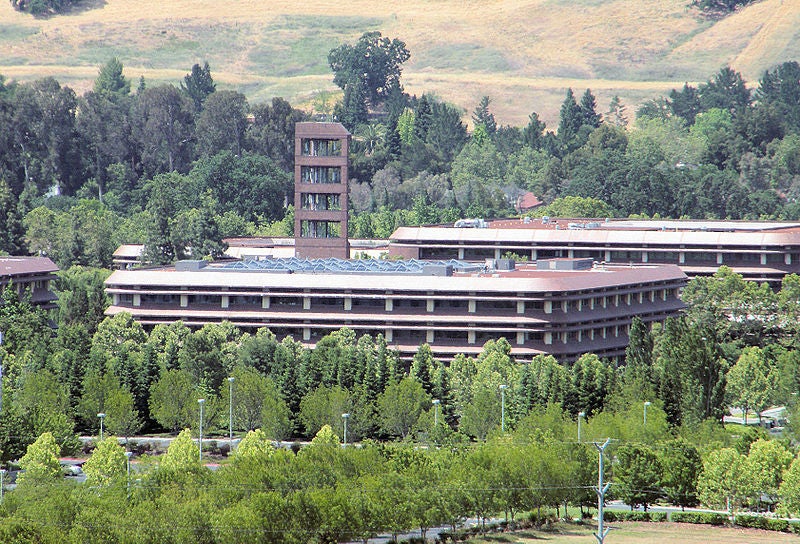
Chevron has released its updated climate report, announcing plans to set greenhouse gas emissions targets and connect executive compensation and rank-and-file bonuses to the reductions.
The company’s update to its March 2018 report describes its approach to managing climate change risks and supplements ‘Climate Change Resilience: A Framework for Decision Making’.
The latest move to set gas emissions focuses on oil fields of Chevron, which, along with other companies, is pressurised by investors to reduce emissions in order to contribute to climate change.
The update also contains new information pertaining to its climate change-related actions and investments.
Chevron chairman and CEO Michael Wirth said: “This update highlights work we are doing to address climate change risks to our business and new opportunities we’re pursuing. It incorporates responses to some of the thoughtful insights stockholders have shared with us during our engagements.
“We look forward to ongoing conversations on how we are managing climate risks to our business and taking on new opportunities to reduce greenhouse gas emissions and develop lower carbon energy.”
How well do you really know your competitors?
Access the most comprehensive Company Profiles on the market, powered by GlobalData. Save hours of research. Gain competitive edge.

Thank you!
Your download email will arrive shortly
Not ready to buy yet? Download a free sample
We are confident about the unique quality of our Company Profiles. However, we want you to make the most beneficial decision for your business, so we offer a free sample that you can download by submitting the below form
By GlobalDataThe company’s board of directors established greenhouse gas emissions performance measures that will help determine compensation for executives and nearly all other employees beginning this year.
In its latest climate report, the company said that, it aims to reduce methane and flaring intensity by up to 30% from 2016 levels by 2023.
This intensity will be measured based on Chevron’s equity ownership of oil and gas assets and not just the projects that are controlled by it.
A new Environmental, Social and Governance (ESG) team created by the company will regularly engage with investors and other key stakeholders to understand and respond to ESG reporting preferences.
Last year, the company joined the Oil and Gas Climate Initiative that focuses on the industry’s efforts to address climate change issues.
BP and French company Total have also set short-term targets on minimising carbon dioxide emissions from their operations.



